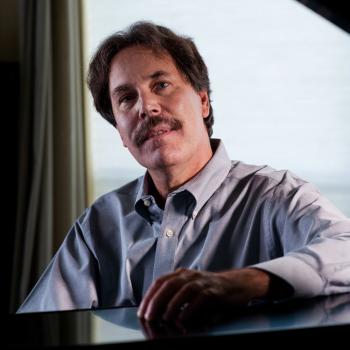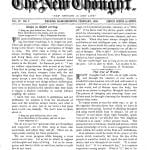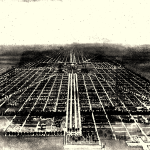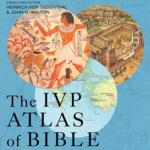It has thrills, spills, sword fights, violent sexual assault and – to modern ears – a terrible ending, but the little-known 18th century play Double Falsehood was propelled into the literary limelight today when it was claimed as a lost Shakespeare.
Professor Brean Hammond of Nottingham University will publish compelling new evidence next week that the play, a romantic tragi-comedy by Lewis Theobald is – as the author always maintained it was – substantially based on a real Shakespeare play called Cardenio.
Hammond has been backed in his assertion by the Shakespeare publisher Arden and there are unconfirmed rumours that the play will open at the Royal Shakespeare Company’s Swan Theatre in Stratford when the venue reopens after its three-year closure.
The claim represents 10 years of literary detective work by Hammond. “I don’t think you can ever be absolutely 100% but, yes, I am convinced that it is Shakespeare,” he said. “It’s fair to say it’s been something of an obsession. You need to ask my wife but a fair few of my waking hours have been devoted to this subject.”
Theobald’s Double Falsehood, or The Distrest Lovers was first performed in 1727 at the Drury Lane theatre in London, along with the remarkable claim that it was based on Shakespeare’s “lost play” Cardenio, which was first performed in 1613. Theobald claimed to have three original texts of Cardenio.
Double Falsehood went down well with audiences, but it was badly received by expert observers who dismissed Theobald as a hoaxer. Alexander Pope, in particular, was scornful but the two were committed enemies. “Theobald was the author of a volume in 1726 called Shakespeare Restored which was a hatchet job on Pope’s editing of Hamlet,” said Hammond. “In that volume Theobald made it pretty clear that he considered himself superior to Pope.”
The denunciation became accepted as fact: Theobald was little more than a hoaxer, albeit an audacious one. The play then went largely to ground apart from a performance in 1846 when – after the audience shouted “author? author?” – a plaster bust of Shakespeare was brought out. It was laughed off stage.
The play reads like Shakespeare, but reworked Shakespeare. Hammond called Double Falsehood a “flawed play”, adding: “This version of the Shakespeare play has been doctored. Theobald cut out material that he didn’t think appropriate, but this was quite common. Shakespeare was very frequently rewritten in the 17th and 18th centuries.”
The play is much shorter and more bitty than a normal Shakespeare play and there are no long speeches. But there is plenty of action that centres on two men and two women, including an aristocratic villain called Henriquez who ravishes the virtuous young girl Violante. By the end he has repented and is strikingly forgiven by all.
At most, this is saying that a lost Shakespeare play, “Cardenio,” may be behind Lewis Theobald’s 18th century play “Double Falsehood.” Theobald said that it was and that he actually had copies of the missing play. To say this is not a hoax means that Theobald was not a hoaxer, not that this is an actual play from Shakespeare.
I am highly skeptical. For one thing, Shakespeare never wrote any tragi-comedies! This was a genre quite popular at the time, in which characters could be of noble birth and get killed, while arriving at a happy ending. This hybrid genre was pioneered by the writing team of Beaumont & Fletcher. These tended to have little literary merit–we would call the genre “melodrama”–although, ironically, this would be the genre that would win out, to the point that most of our “dramas” today are neither comedies nor tragedies but tragi-comedies.
Shakespeare stuck to comedies and tragedies, and though he bent those genres considerably (especially comedy), he stayed away from the melodramatic tragi-comedies. In fact, he makes fun of them, as well as other mixed-genre hybrids, in Hamlet, in which Polonius comes up with “The best actors in the world, either for tragedy, comedy, history, pastoral, pastoral-comical, historical-pastoral, tragical-historical, tragical-comical-historical-pastoral, scene individable, or poem unlimited” (Act II. scene ii. line 243). If “Cardenio” was a tragicomedy, of course, then Shakespeare did write one, but I find it, while possible, quite unlikely. But I’ll be interested to see Professor Hammond’s evidence.
HT: Joe Carter












